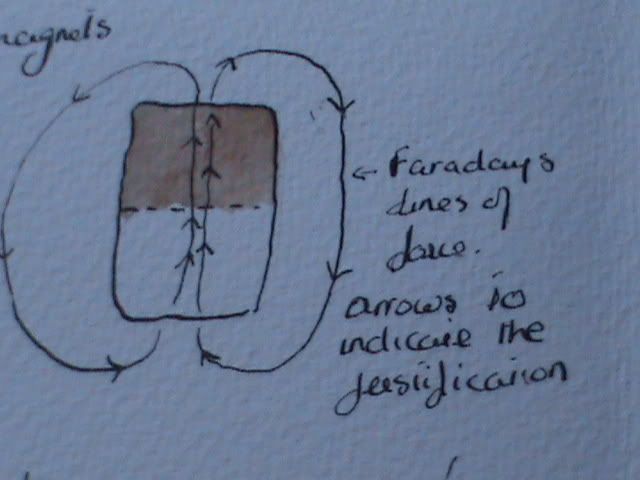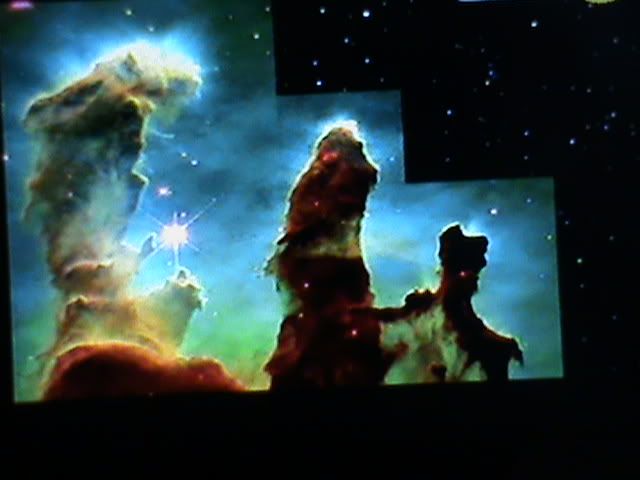Always interesting talking with you Rosemary.
I like your Florence Nightingale analogy, very good.
I guess when you put your theories to some hardened scientists, it's like telling them that the offspring they have lovingly raised and nurtured for all these years is not really theirs.
If I remember rightly, the phlogiston theory, was a bit of a hindrance to the progress of science until it was eventually defunct by scientists of the time. After which far more rapid progress was made on the formation of the periodic table.
People on this and other forums see me as someone set in the old ways; someone not prepared to open my mind to new theories and new concepts, but they really have me pegged totally wrong.
My argument with them is that (unlike you) they never forward any kind of satisfactory scientific explanation. They just expect people to take their word for it - and many simply do! But for me, any theory or concept must be accompanied by at least some science for me to get my teeth into... otherwise it's simply conjecture or worse, meaningless drivel.
I'm actually very open-minded, it's just that I'm a little past the age of believing in Santa or the Tooth Faery!
Farrah
I like your Florence Nightingale analogy, very good.
I guess when you put your theories to some hardened scientists, it's like telling them that the offspring they have lovingly raised and nurtured for all these years is not really theirs.
If I remember rightly, the phlogiston theory, was a bit of a hindrance to the progress of science until it was eventually defunct by scientists of the time. After which far more rapid progress was made on the formation of the periodic table.
People on this and other forums see me as someone set in the old ways; someone not prepared to open my mind to new theories and new concepts, but they really have me pegged totally wrong.
My argument with them is that (unlike you) they never forward any kind of satisfactory scientific explanation. They just expect people to take their word for it - and many simply do! But for me, any theory or concept must be accompanied by at least some science for me to get my teeth into... otherwise it's simply conjecture or worse, meaningless drivel.
I'm actually very open-minded, it's just that I'm a little past the age of believing in Santa or the Tooth Faery!
Farrah







Comment